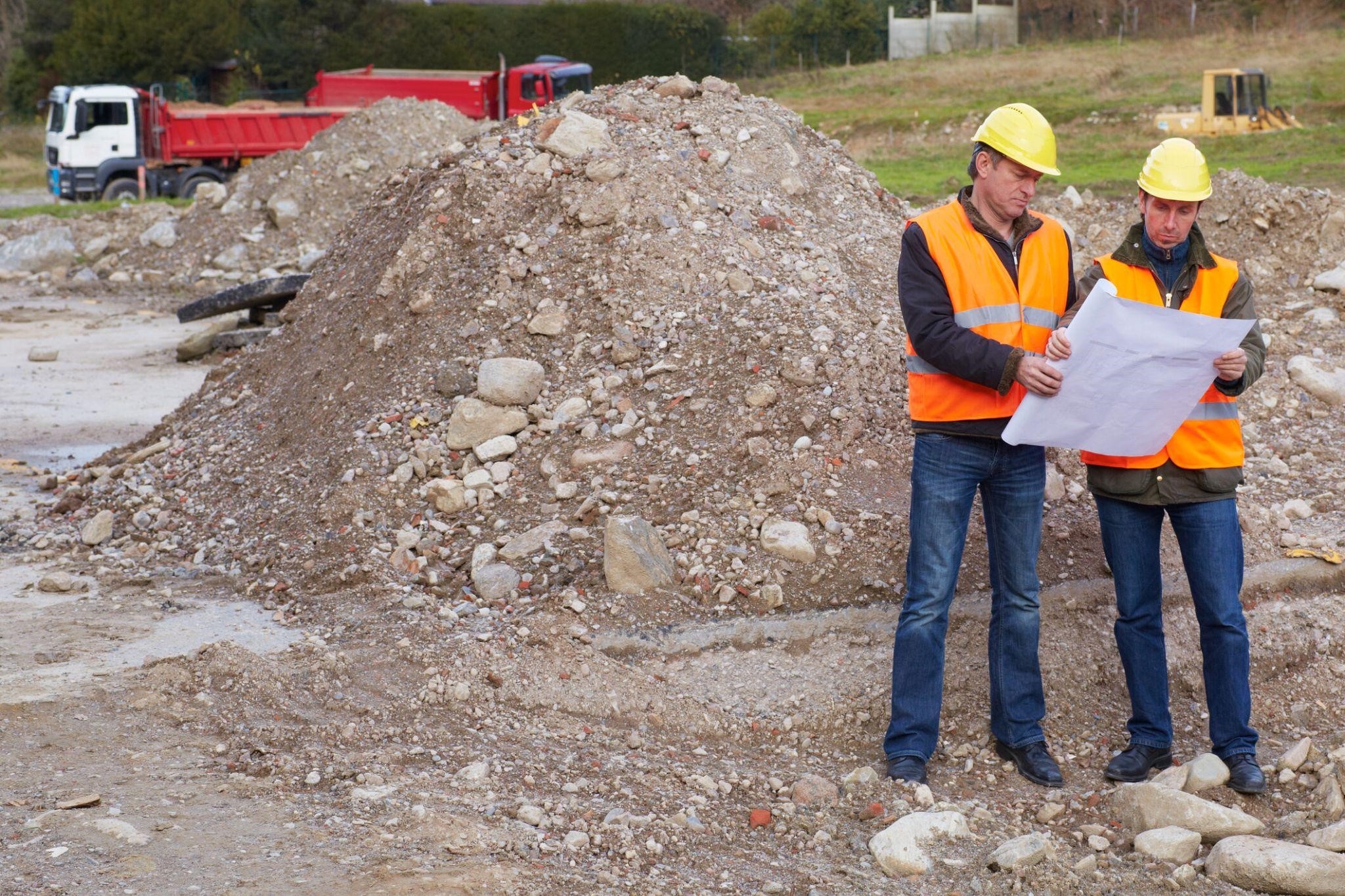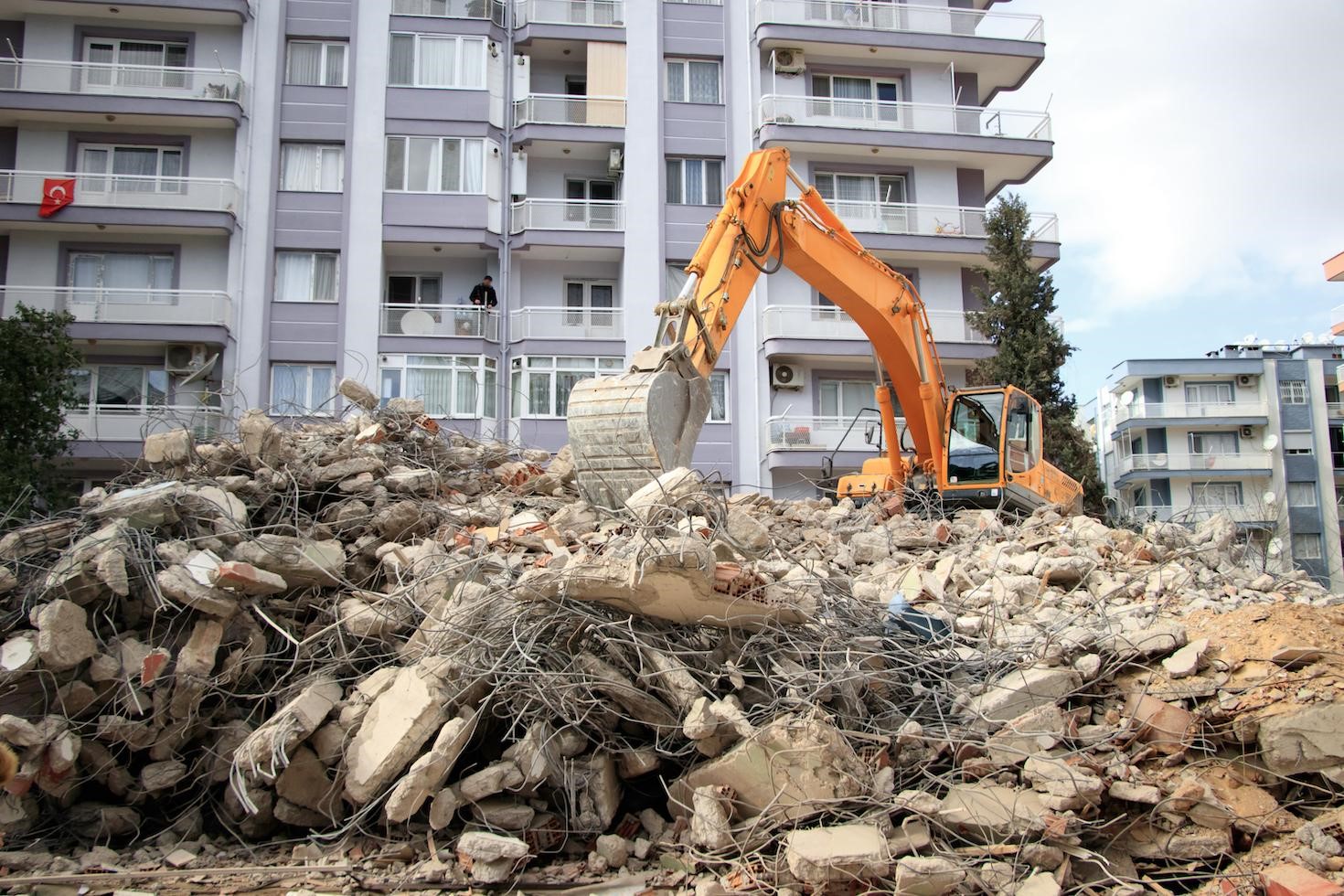
Dump Construction Disposal
Waste is a necessary component of every construction job if your work consists of constructing paving roads, erecting skyscrapers, or remodeling an existing building. The EPA estimates that in 2018, garbage from construction operations produced 600 million tons nationwide, more than double the amount of solid waste produced by municipalities.
In addition to producing significant waste, the building industry transported 145 million tons of rubbish to landfills in 2018. Safe and effective construction waste disposal needs to be a top priority for every contractor and site supervisor from project planning through project completion due to the high costs of construction trash to the environment, construction companies, and their clients.
What is Construction Waste?
Construction waste, also known as construction and demolition waste (CDW), refers to all the scraps and debris left over after construction and demolition projects.
The materials used in construction waste range from bricks, wood, and glass to insulation, pipes, topsoil, and concrete, depending on the project.

Types of construction waste
There exist three categories of Demolition Waste that we will analyze:
- The first one is Building Materials
- The second one is Demolition waste
- The third one is Hazardous waste
Let’s look deeper into these three.
Building materials
Building material waste is produced during the building and renovating of buildings and other structures, as the name implies. There is no such thing as drywall that goes to waste.
Demolition waste
Demolition rubbish is the collective term for all the trash produced during a demolition project. It typically contains building elements like concrete, metal, wood, glass, tiles, and hazardous substances, most notably asbestos. The project can frequently repurpose or use non-hazardous demolition waste, but hazardous garbage must be managed carefully and disposed of.
Did you know that…
More than 90% of the 600 million tons of construction and demolition waste produced in the US in 2018 came from demolition!
Hazardous waste
All materials that have been treated and unused supplies that still contain dangerous compounds are referred to as hazardous waste.
Common examples of hazardous construction debris include:
- Asbestos
- Specially treated wood
- Residual paint
- Glue
- Other chemicals (and their containers due to remaining pollutants).
Dredging materials from polluted areas (such as when an industrial building is demolished) can likewise be categorized as hazardous waste and must be disposed of.
Before beginning any construction or demolition project, it is essential to identify the types of waste produced, look into recycling options, and create strategies for their processing and disposal.
Junk Out can help with Dumping all of your construction Waste!
That dumpster is not going to empty itself! On a busy project, waste from construction materials can accumulate quickly, so you need to get it moving to its eventual location.
Through quicker and simpler truck disposal, our dump trucks may hasten the process of getting rid of your waste. Call us right away!
